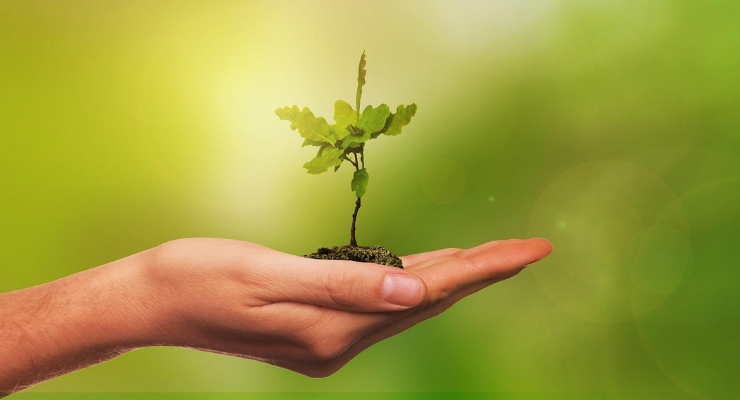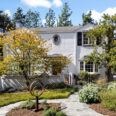
The saplings go into the ground quickly. Volunteers arrive with enthusiasm. But as Altadena works to restore 70% of its lost tree canopy, community organizers face a sobering reality: planting trees is the easy part.
Sustaining them requires money, coordination and years of commitment.
Organizations like the California State University, Northridge (CSUN) Urban Forestry Project are racing against time. They must raise $50,000 by Dec. 1 to continue their restoration work. The deadline underscores a fundamental challenge facing the community’s regreening efforts.
Grassroots passion alone cannot rebuild an urban forest.
“We need the trees for the heat, we need the trees for the protection they provide from the fire,” says Claire Robinson, founder of Altadena nonprofit Amigos de los Rios. “We need [trees] for the sense of history and place.”
Robinson knows the stakes personally. The Eaton Fire destroyed both her organization’s building and her home.
The fire devastated Altadena’s tree canopy. Before the blaze, the community had approximately 28,000 trees. Estimates suggest 50-70% were lost.
Now multiple groups are working on restoration. Each brings different expertise and resources to the challenge.
Amigos de los Rios has launched a tree watering program. The organization aims to save 6,000 to 10,000 remaining mature trees. Robinson’s group lost 22 years of work in the fire.
Yet they continue.
Rebecca Latta founded Altadena Green in January 2025. An ISA certified arborist and 30-year Altadena resident, she focuses on saving mature trees. Many face unnecessary removal by the Army Corps of Engineers, she argues.
Her technical expertise in tree assessment helps property owners make informed decisions.
Stephanie Landregan brings professional perspective as UCLA Extension director and landscape architect. She co-founded Altadena Green and serves on the Blue Ribbon Commission. With 30 years of experience, she sees fire recovery as an opportunity.
The goal: create a fire-resilient landscape through thoughtful design.
CSUN civil engineering professor Crist Khachikian leads the Urban Forestry Project. An Altadena resident himself, he lost trees on his property. Where his canopy once stood, he now has a clear view to the ocean.
His project does more than plant trees. It trains future urban foresters, bringing university expertise to community restoration.
The Nov. 8 TreeFest event demonstrated community commitment. Volunteers distributed thousands of saplings and seeds. The turnout showed what grassroots organizing can accomplish in a single day.
But events are moments. Restoration is measured in decades.
Trees need water during establishment. They require monitoring for pests and disease. Young saplings need protection from heat and wind. All of this costs money.
The CSUN fundraising deadline highlights the gap between immediate action and sustained investment. Can community organizations raise sufficient funds? Will donations continue after initial enthusiasm fades?
These questions affect more than aesthetics. Trees provide critical fire protection. They reduce urban heat. They connect residents to their neighborhood’s history.
For communities like Altadena, trees represent resilience itself.
Organizations involved in the restoration effort maintain websites for volunteer sign-ups. They seek both financial contributions and hands-on help. The work requires both.
Robinson’s vision extends beyond Altadena. She describes an “Emerald Necklace” connecting parks across the LA Basin. The concept requires long-term planning and even longer-term funding.
Whether that vision becomes reality depends on resources communities can sustain.
TreeFest occurred November 8, 2025. The event distributed native species suitable for Southern California’s climate. Volunteers learned proper planting techniques. They left with saplings and information about ongoing care.
The enthusiasm was unmistakable. The challenge ahead is equally clear.
Altadena’s tree restoration effort tests whether environmental recovery can move from crisis response to sustained commitment. The community has demonstrated its passion. Now it must demonstrate its staying power.
The saplings are in the ground. The real work is just beginning.



















